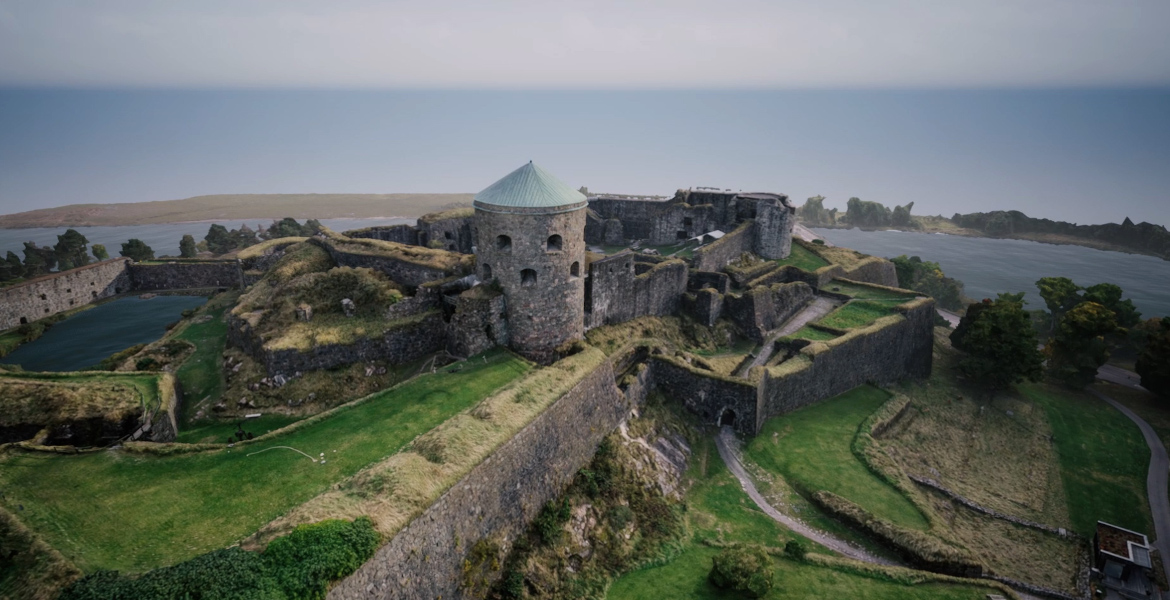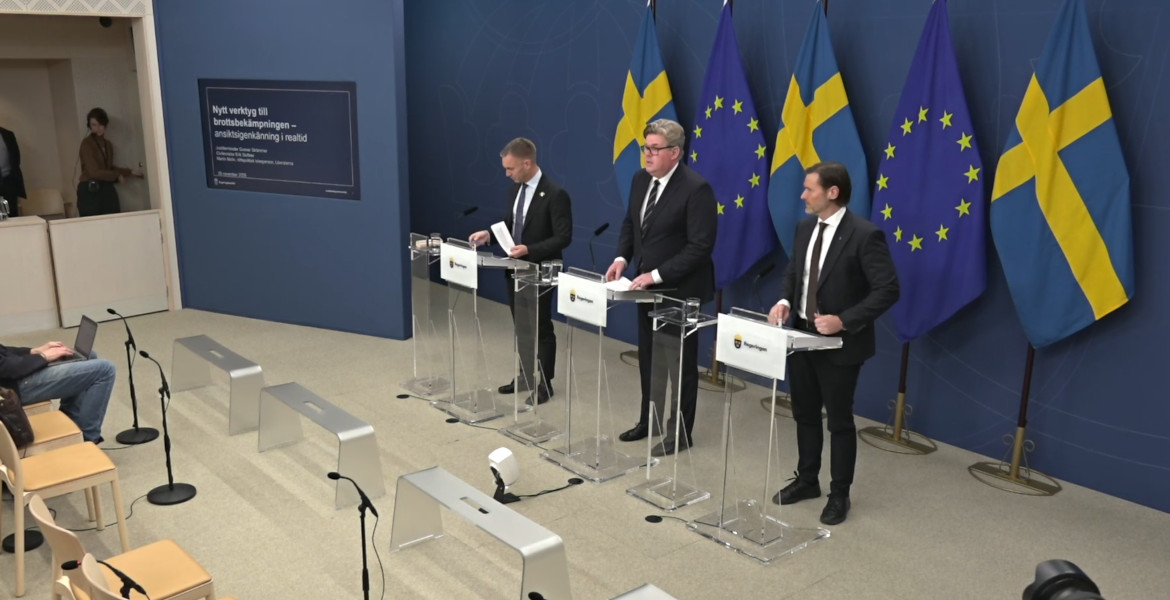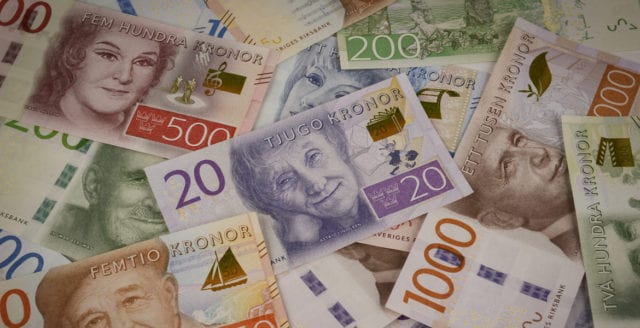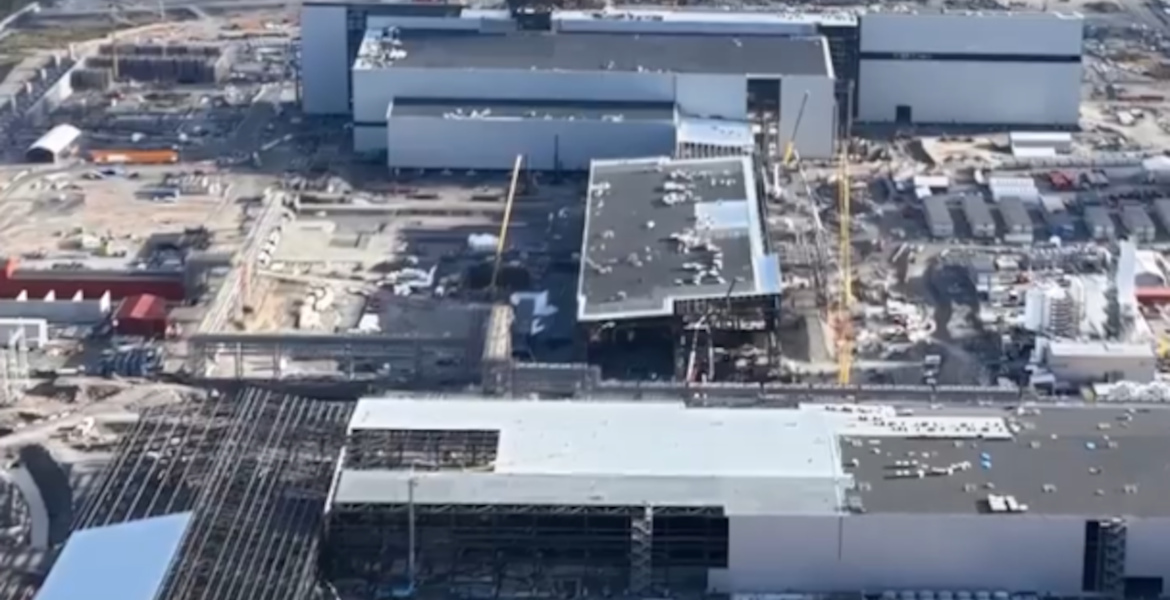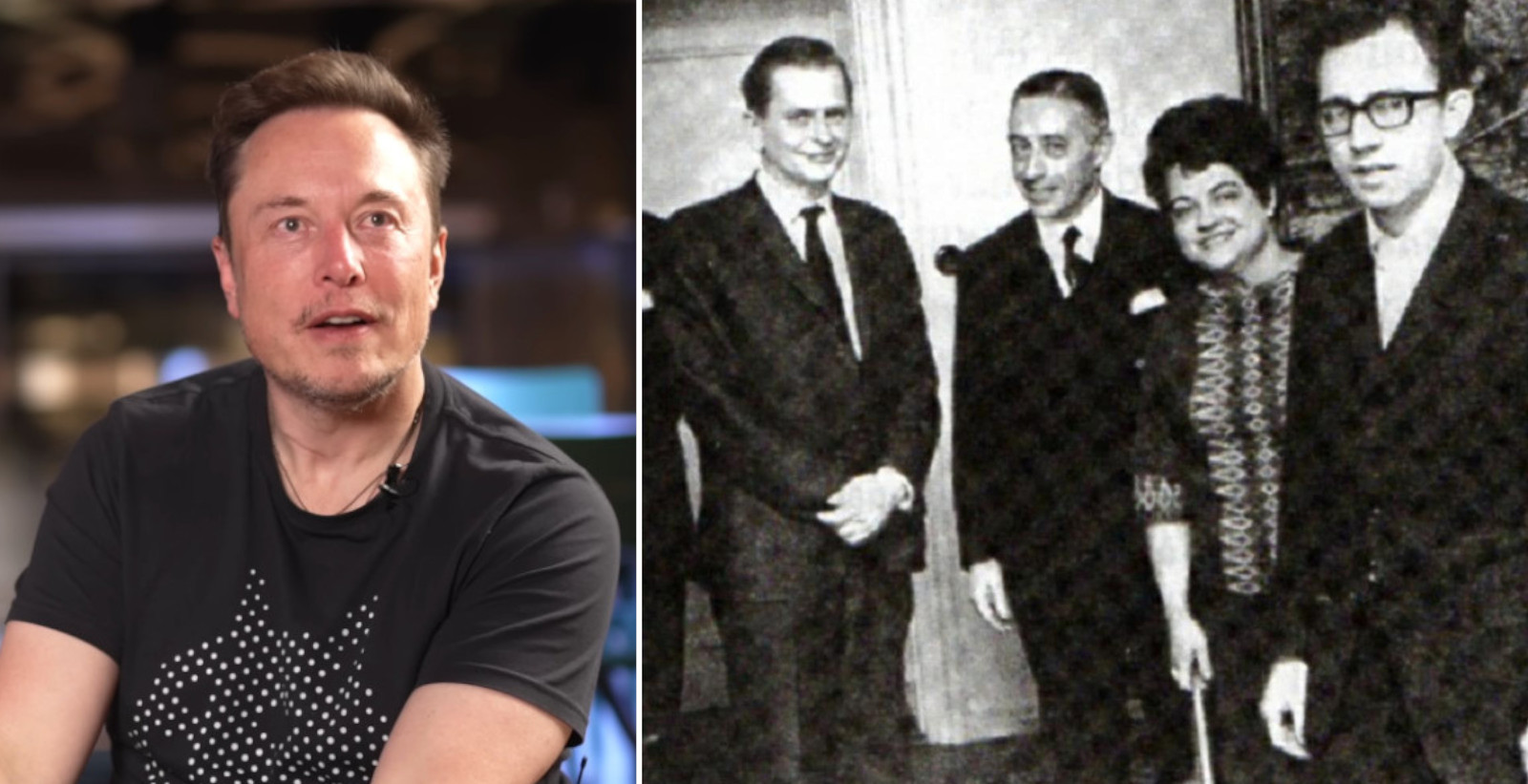Using drones and laser scanning, a detailed digital replica of Bohus Fortress has been created. The aim is to facilitate maintenance, increase accessibility – and preserve an exact replica for future generations.
Founded in 1308 on the Göta River, Bohus Fortress has been besieged by Norwegians, Danes and Swedes throughout history – but never conquered in battle. Today it is a ruin and designated one of the seven wonders of Västra Götaland and a state building monument, which means that the state is responsible for its preservation.
To improve maintenance and accessibility, the castle architect Allan Ahlman was hired. However, the task proved challenging, with over 26,000 square meters of stone surfaces and walls stretching 22 meters into the air.
– The work was quite cumbersome and time-inefficient, while at the same time it was difficult to get an idea of the longer-term maintenance needs. To some extent, we were forced to react to things rather than prevent them. If something fell down or broke, I had to go through my albums and look for pictures to restore it, he says in a press release.
The solution was to work with Swescan to create a digital twin of the fortress. In 2022, an extensive laser scan was carried out using drones and wearable technology. The result was an interactive model in a digital portal, where users can explore the fortress in detail – from overview maps to high-resolution images, elevation data and measurements.
Digital replica to facilitate inspection
The portal not only provides an accurate picture of the current situation, but also makes it possible to plan maintenance, produce drawings and inspect hard-to-reach areas, such as the old dungeon.
– The fortress becomes very accessible in this way. Anyone with user credentials can use the portal to walk around the area and study the environment, even in hard-to-reach places like the old dungeon. In the future, it could become part of the tourist experience. There are many benefits, and we have discovered more uses than we first expected.
The digital copy is also kept as a souvenir for posterity in case the fortress suffers major damage. For example, when Notre-Dame burned down, the French cathedral was restored with the help of laser scanning in 2010.
– This is a reassurance and a reason to scan more cultural monuments. One day it may be the greatest value of the digital copy, but until then we can use it for many other things, says Ahlman.
